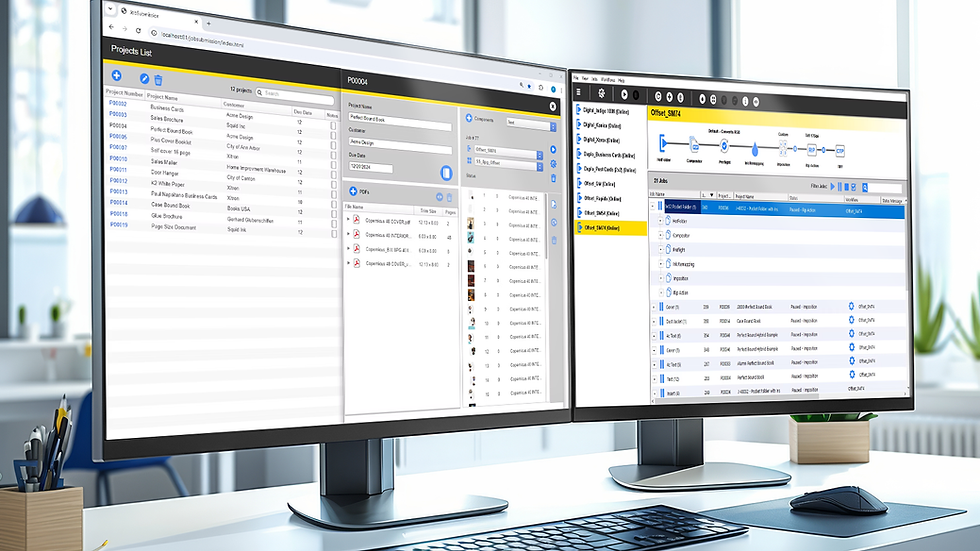Out With the Old RIP
- Bret Farrah
- Nov 16, 2018
- 2 min read
Updated: Jan 30

It’s not unusual for prepress departments to work with the same RIP or workflow system for many years. After all, operators become proficient, the interface becomes familiar, and most of the time, there are few problems to deal with other than the occasional poorly-made file. “If it ain’t broke, don’t fix it,” is often invoked when change is discussed, especially when money is involved.
The good news for Harlequin RIP owners is that, when you upgrade, you don’t have to be concerned with a learning curve or operators struggling to grasp new menus and functionality. The interface from version 8 looks the same as version 12. There are very productive workflow tools that can be layered in if desired and the formats are easily recognizable. Plus, the migrate tool moves all your page setups and other settings to the new RIP for you so configuration is a breeze.
Under the hood, the two RIPs are vastly different. Compatibility with 64-bit operating systems, blazing speed, improved trapping, and new workflow options all come into play . . .but without the problems associated with a brand new system. However, if it’s still dollars, pounds, euros, or pesos that keep you from making improvements in your prepress department, keep a couple of things in mind:
Regardless of how much you spent on a RIP six or seven years ago, it’s paid for itself many times over and an upgrade will return your investment much the same. Second, if there’s one thing prepress operators consistently ask for, it’s time. You can’t buy hours to add into a day, but you can save huge chunks of time when your prepress software is as fast and efficient as version 12.
Ask the folks at Perrin Resort and Collegiate apparel, a screen printing company in Michigan; or Paragon Print and Marketing Solutions in the UK. Time is definitely on their side.



Comments